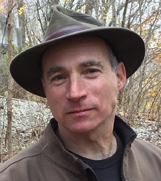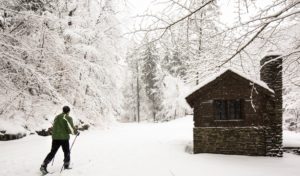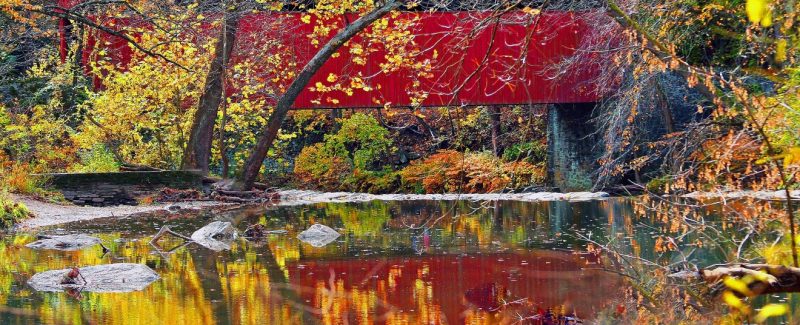Wissahickon Valley Park
By David Dannenberg
Park User
 The Wissahickon Creek supplies drinking water to a third of Philadelphians; the trees in Wissahickon Valley Park sequester an estimated 4,680 tons of carbon dioxide; 1.1 million people visit the park each year. Despite the impressive nature of these numbers, to those who live near or frequent Wissahickon Valley Park, it would be impossible to estimate–let alone overstate–its value.
The Wissahickon Creek supplies drinking water to a third of Philadelphians; the trees in Wissahickon Valley Park sequester an estimated 4,680 tons of carbon dioxide; 1.1 million people visit the park each year. Despite the impressive nature of these numbers, to those who live near or frequent Wissahickon Valley Park, it would be impossible to estimate–let alone overstate–its value.
If Wissahickon Creek were not here, I would not live here. If Wissahickon Valley Park were not here, this area of the city would be virtually indistinguishable from hundreds of other neighborhoods in a dozen other aging, post-industrial, post-colonial cities located between the Atlantic and the Mississippi. And, for all practical purposes, Philadelphia itself would be indistinguishable from and interchangeable with a half dozen or more old American cities. It is Philadelphia’s park system–more than the region’s 60-plus colleges, five medical schools, sports teams, remnants of Revolution-period historical fabric, or thousands of acres of now-derelict industrial land–that sets it apart, and above, its contemporaries.
Although the city government invests appallingly little in the park’s upkeep and improvement, it remains our best and one of our most beloved assets. Ten percent of Philadelphia’s area is parkland–more than almost any similar-sized city in the world–and much of that parkland is naturalized. Of all the parks in the city, the Wissahickon is the undisputed jewel in the crown. Seven miles of main creek and half again that number of tributary creek miles course between its steep, wooded slopes where rugged outcroppings of bedrock give texture to the landscape. It is traversed throughout by 50 to 60 miles of natural surface trails variously used by pedestrians, cyclists, and horses–but not by motorized vehicles.
Along with an estimated 1.1 million annual visitors, I have personally walked, jogged, bicycled, fished, cross-country skied, kayaked, and climbed cliffs in the park. Best of all, I currently help plan and execute large and small infrastructure and maintenance projects. On a lovely day any visitor will encounter people of all ages and backgrounds reveling in the opportunity to be outdoors away from the noise, press, heat, or cold wind of the concrete, asphalt, and steel metropolis. Yet even on a busy day, with a little effort and time a visitor can find solitude and peace to sit alone and listen to the wind and the birds, to gaze down from a height at the other visitors and the trees and wildlife above them.

It is this sense of nature that makes Wissahickon Valley Park what it is. To travel along the trails that wind through groves of mature hardwoods or expanses of meadow, to encounter trees with trunks many feet in diameter and crowns over a hundred feet overhead, to hear leaves rustle and glance a bird or snake or groundhog, is to free one’s soul. The Wissahickon is not only a place where a person can feel enough like they are out in the woods to get lost physically. In the park it is a common experience for visitors to lose themselves emotionally, spiritually, and intellectually. In doing so they achieve a state of calm reverence sought by humans and found in nature since the beginning of our species’ existence.
The pure beauty of the place, even if its current deteriorating and stressed condition, is undeniable, palpable, visible on the faces of other visitors. It even strikes people passing by or through the park in cars where the park anchors and defines the neighborhoods of Roxborough, Chestnut Hill, West Mount Airy, and parts of East Falls and Germantown.
To residents as well as visitors, life in Philadelphia would be unimaginable without Wissahickon Valley Park. It is critical to our quality of life that its decline be reversed and that it be maintained in perpetuity.

